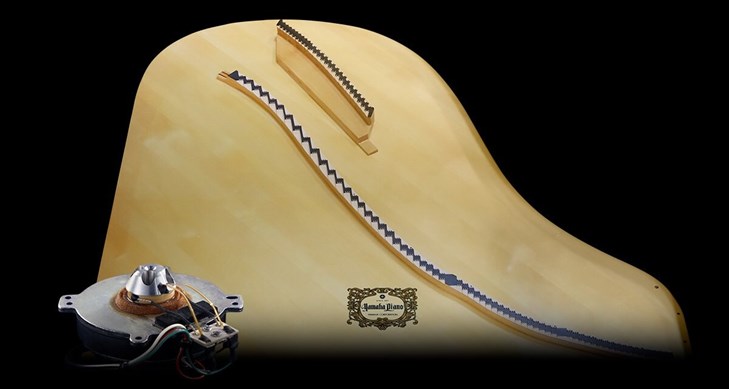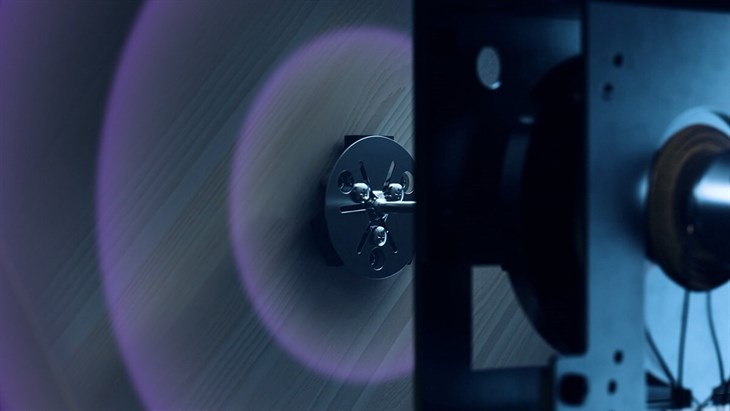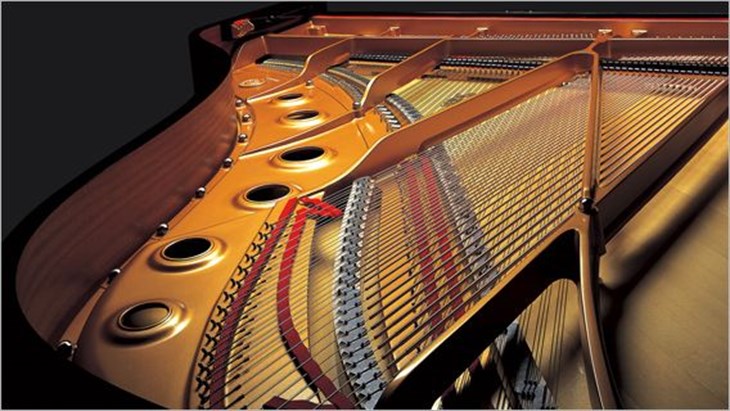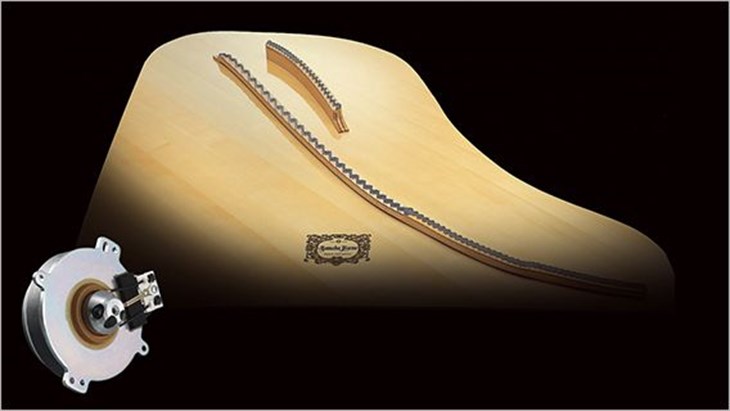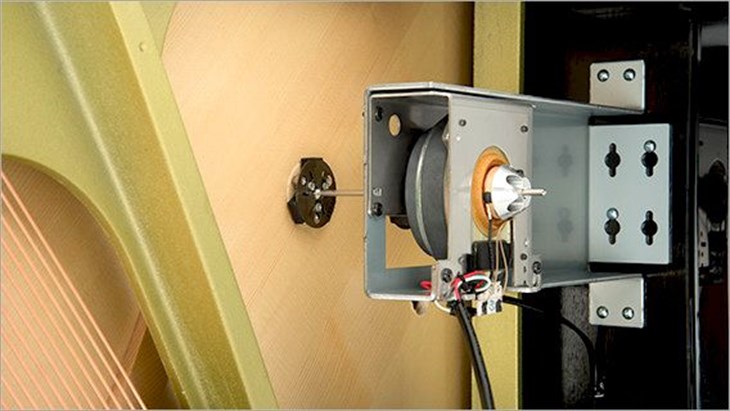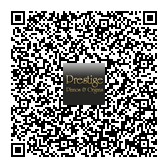Yamaha TransAcoustic™ Piano
TransAcoustic™

LIVE THE ACOUSTIC LIFE. REAL PIANO PERFORMANCE, ANY TIME YOU LIKE.
USING THE EXISTING PIANO DESIGN TO RESONATE SOUND WITH THE SOUNDBOARD
When the keys are pressed on an acoustic piano, hammers strike the strings which, in turn, vibrate. But at this stage, the sound is very faint. So, the string vibration is amplified by the soundboard that sits at the heart of the instrument, and the entire body of the piano serves as a resonator, creating rich and sonorous sound. Yamaha's revolutionary TransAcoustic™ technology takes full advantage of the original design and construction of the piano based around the soundboard.
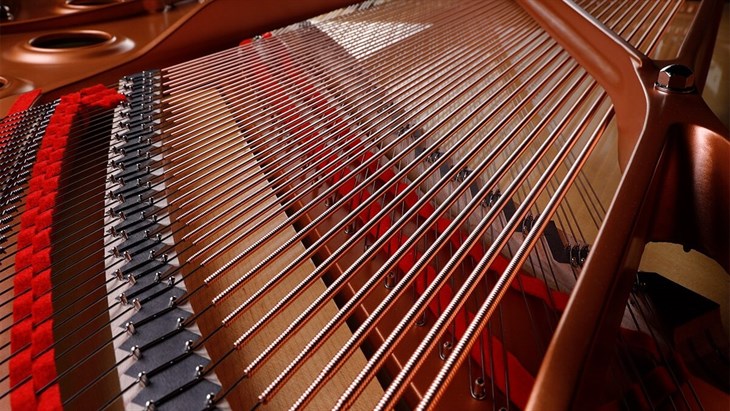
RICH, EVOCATIVE ACOUSTIC SOUND, FROM A DIGITAL SOURCE
TransAcoustic™ technology does not require any speakers to produce sound. It uses a transducer to convert the sound into vibrations which in turn vibrate the soundboard, which amplifies them and resonates the entire piano. Digital sound sources can be amplified and projected in this way, employing the same sound-generation and resonance mechanism of an acoustic piano, making it possible to reproduce the uniquely sonorous acoustic sound that can be felt by the player, not just heard. What's more, the digital tone generator features the sounds of two world-renowned concert grand pianos, the Yamaha CFX, and the Bösendorfer Imperial, recorded with impeccable quality using Binaural Sampling techniques.
ADVANCED TRANSDUCER AND SENSOR TECHNOLOGIES EXPRESS EVERY NUANCE OF THE PERFORMANCE
Conventional transducers are too heavy to be installed on the soundboard and would compromise its essential functions. As a result, Yamaha has developed transducers specifically for acoustic pianos, with only a lightweight element affixed to the soundboard. The result is a faithful reproduction of the original acoustic piano sound, with the integrity of the soundboard fully maintained. In addition, the latest models employ a special Articulation Sensor capable of detecting the finest movements of the keys with exceptional precision, authentically reproducing all the delicate playing and expressive nuances of the sound.
Full acoustic piano sound with conveniently variable volume control.
By switching to TransAcoustic™ mode, you can freely control the piano volume while still enjoying the richly resonant sound that can only be experienced with an acoustic piano. So, you can play whenever you want, without worrying about the time of day or what's happening around you.
Wonderfully rich sound with headphones, with no sound outside.
In Quiet mode, you can immerse yourself in the luxuriant, natural sound that comes with Binaural Sampling and Grand Expression Modeling, while completely forgetting that you're wearing headphones.

-
audio files on the piano for a completely new experience
TransAcoustic™ technology expands the possibilities of acoustic pianos: now, enjoy audio files from your device with the natural, rich sound that only a piano soundboard can produce. Perform over your audio files, or simply listen in comfort while the piano itself behaves as a speaker-whether performing or listening, this new technology cements the piano's place in your everyday music life.

